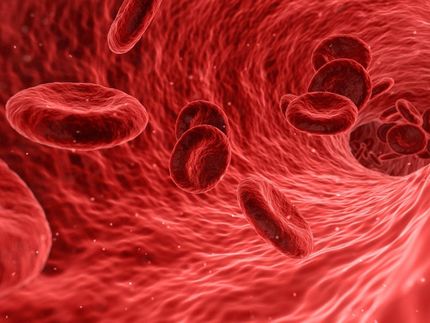Protein that increases effectiveness of vaccines detected
Researchers have discovered a protein they believe would help make vaccinations more effective and provide protection from other diseases such as cancer.
The findings allows for greater understanding of how vaccine enhancers work and can best be used.
Researchers from Boston University School of Medicine (BUSM) purified a protein found on the exterior of bacteria (neisseria meningidis) and used it as an accessary to provide a better vaccination response. Typically, vaccines can either increase the amount of antibody production or they can stimulate cells (called cytotoxic T cells) to directly kill the offending agent. In this case, the protein, called PorB, is unique in that it can do both.
"This study has wide implications as it could not only be used to help the body identify and fight off bacterial infections, but it could also potentially help the body use its own machinery to fight off other diseases like cancer, HIV, and influenza before they have a chance to establish within the body," explained corresponding author Lee Wetzler, MD, professor of medicine and microbiology at BUSM.
In this study, the researchers used two experimental models. The first model was given a vaccination with antigen and mixed PorB, while the second model was given the antigen alone. The model that received the PorB had an increase in the response to the vaccine antigen, evidenced by an increased number of activated cells in the lymph nodes and a gain in the production of cytotoxic T cells, as compared to the vaccination with the antigen alone.
"Our study deepens the general understanding of how vaccine adjuvants modulate immune responses. The antigen formulation with PorB triggers a sequence of cellular events at the periphery and in lymphoid tissue that are critical for the establishment of protection to a broad array of infectious diseases, and maybe for other diseases like cancer," added Wetzler, a physician in Boston Medical Center's Department of Infectious Diseases.
Original publication
Other news from the department science

Get the life science industry in your inbox
By submitting this form you agree that LUMITOS AG will send you the newsletter(s) selected above by email. Your data will not be passed on to third parties. Your data will be stored and processed in accordance with our data protection regulations. LUMITOS may contact you by email for the purpose of advertising or market and opinion surveys. You can revoke your consent at any time without giving reasons to LUMITOS AG, Ernst-Augustin-Str. 2, 12489 Berlin, Germany or by e-mail at revoke@lumitos.com with effect for the future. In addition, each email contains a link to unsubscribe from the corresponding newsletter.


















































